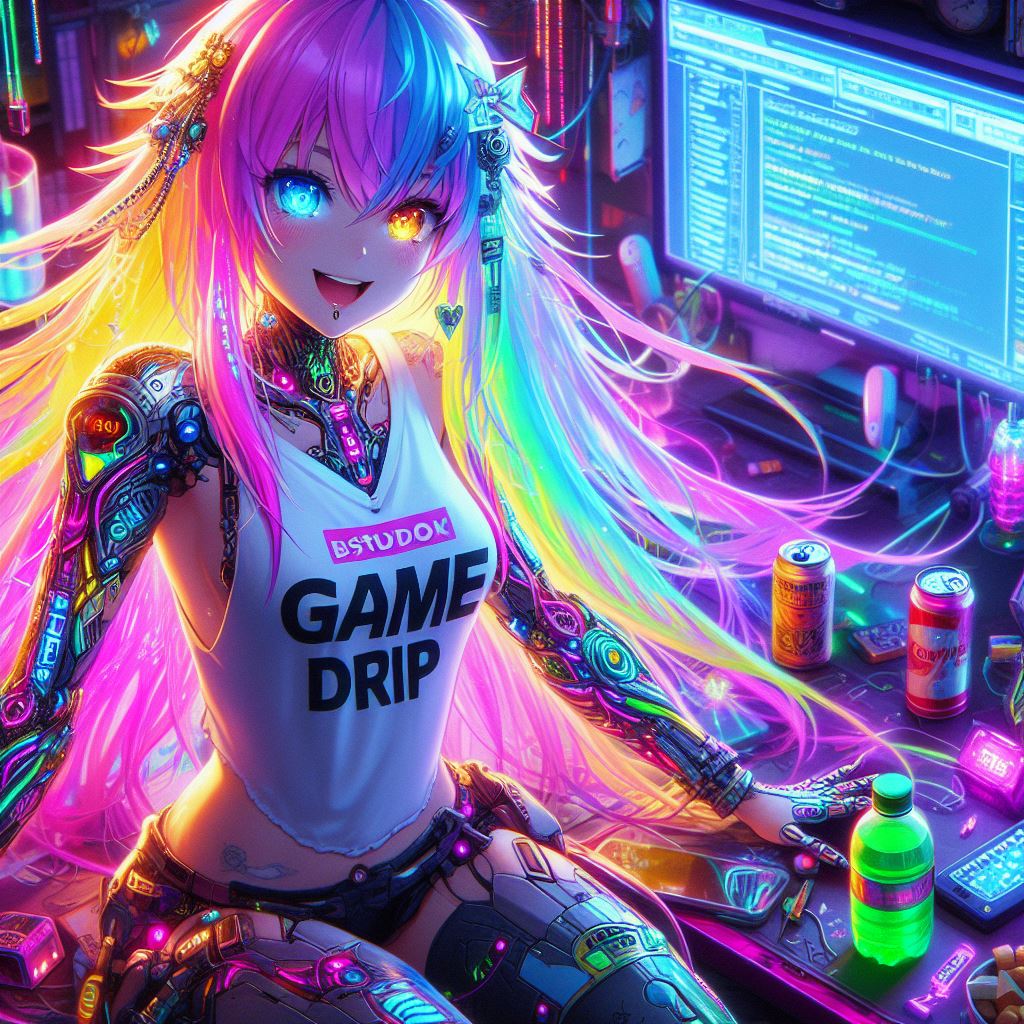As featured on Minecraft Servers Listing
#Minigames #Universe
Minigamesuniverse.net is an innovative Minecraft server network that offers players an incomparable and immersive experience in the world of Minecraft. With its unique mix of classic and new game modes, Minigames Universe.net sets new standards in the Minecraft community and is aimed at everyone who is looking for fresh, varied and exciting challenges.
One of the highlights of the network are the unique mini –games. These were specially developed to challenge the play spirit and offer a wide range of game modes-from fast action mini games to strategically demanding challenges. The constant further development always ensures new surprises and exciting tasks. This offer is supplemented by unique custom modis, which give the classic Minecraft experience a completely new dimension. The specially adapted game modes offer innovative mechanics that you will not find anywhere else and that make the game even more varied and more individual.
Another outstanding feature is the Custom CityBuild. In this mode you have the opportunity to build and design your own city. You can become creative and create architectural masterpieces that not only wear your personal handwriting, but also enrich the entire network. In addition to creative building, football is not neglected. Action -charged football matches challenge your tactical skill and teamwork and offer a gripping, dynamic gaming experience.
A major advantage of minigames universe.net are the permanent updates that ensure that the gaming experience always remains fresh and exciting. Regular innovations and improvements guarantee that new content and features are waiting for you again and again. In addition, a cleverly integrated vote system with great rewards ensures that your commitment is rewarded. By regularly voting, you release exclusive extras that further improve your gaming experience.
The player trade is another central element of the network. On a specially designed marketplace, you can exchange items and resources directly with other players, which enables you to individually adapt your progress. In addition, the extensive farm worlds and properties offer the chance to operate in a relaxed atmosphere and build up your personal empire. Equipped with special items that have been developed exclusively for Minigamesuniverse.net, you will receive additional advantages and new ways to expand your gaming experience.
Overall, MinigamesUniVere.net offers a well thought -out and versatile offer that captivates both newcomers and experienced players alike. It is a place where creativity, competition and community merge-a network that is constantly growing and developing to enable you again and again new and exciting adventures in the Minecraft world.

Server IP:
Bedrock pe.minigamesuniverse.net
Bedrock Port 18926
Java minigamesuniverse.net
Java Port 25565
minigamesuniverse.net














![How about: "Polaris HomeWorld – UHoP [Vanilla]"](https://game-drip.com/wp-content/uploads/2024/04/gamedrip-news-best-9717.jpg)


![How about: "MineScape Adventures [SMP] [PVE] [PVP]"?
This keeps the theme while being engaging and concise!](https://game-drip.com/wp-content/uploads/2024/04/gamedrip-news-best-2189.jpg)



